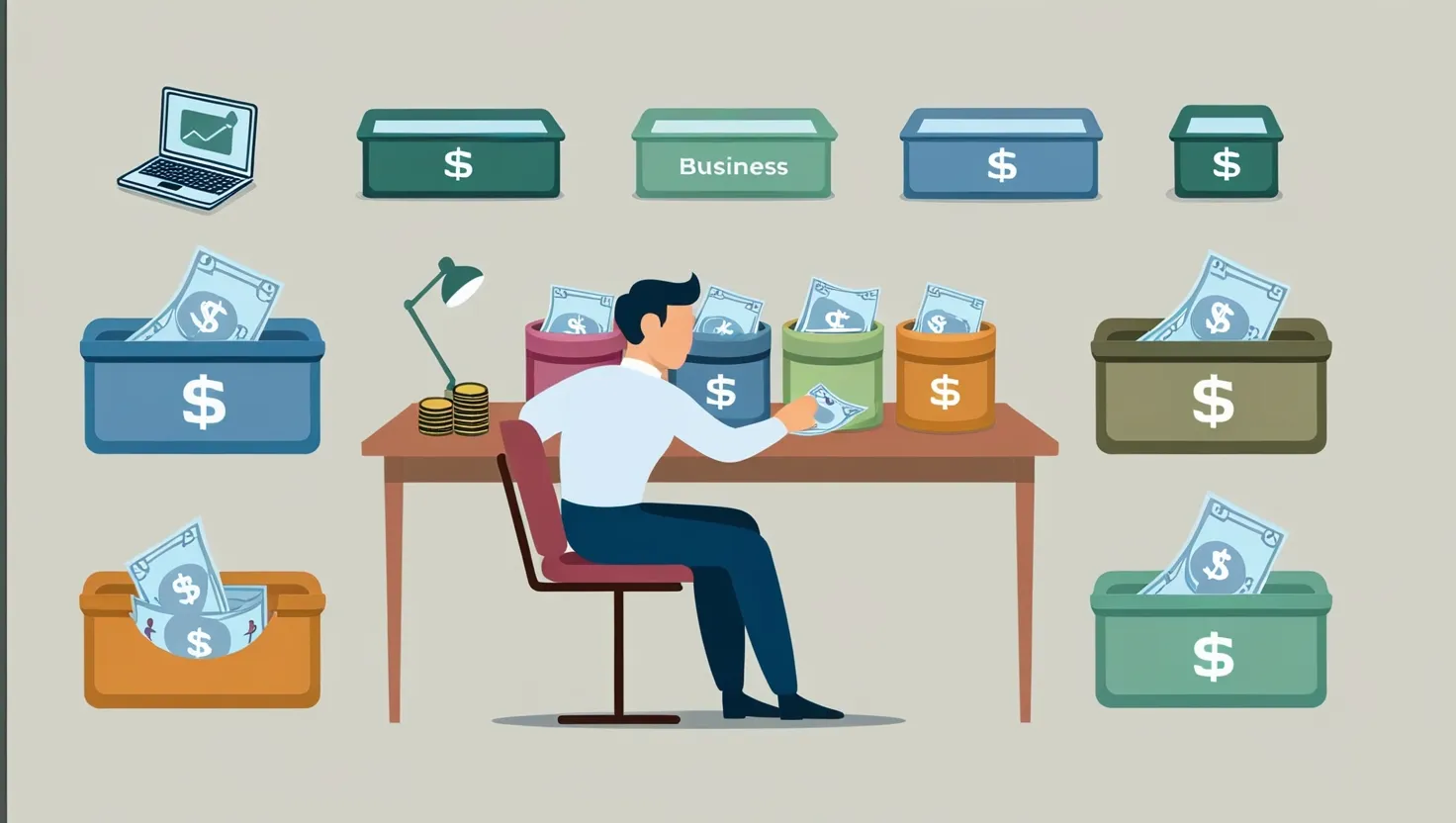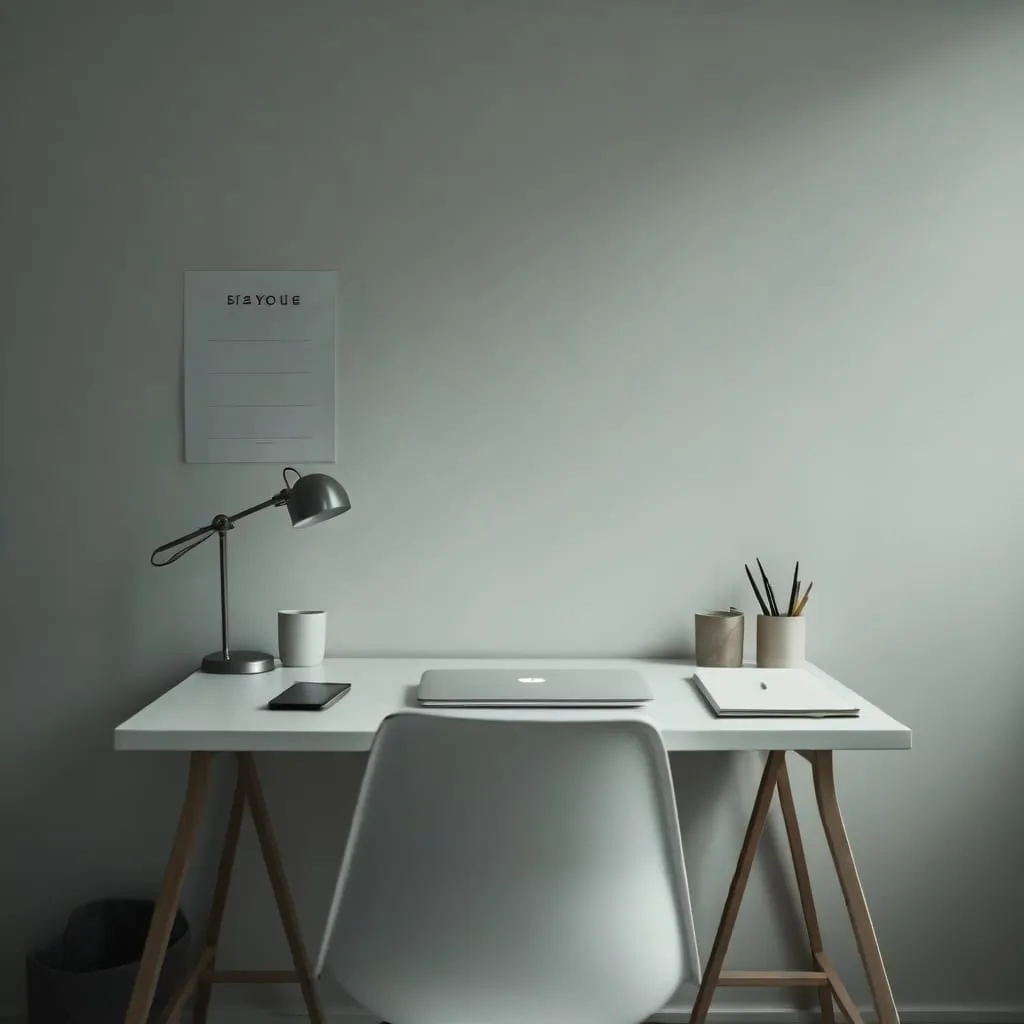Alright, picture us sitting in a cozy little coffee shop—one of those places with mismatched chairs and absolutely fantastic muffins. You ask me about the real secrets behind smart finances for solopreneurs—the stuff that goes beyond the same old “track receipts” advice you’ve read a hundred times. You want to know what actually moves the needle, what honestly surprises people. Let’s go there.
I’ll be honest: when most people hear “financial systems,” they think of spreadsheets or those intimidating apps with more tabs than you’d ever use. But if you peel all that away, being a successful solopreneur—whether you’re a designer, writer, coach, or some master of their craft—actually comes down to a few deceptively simple moves. Let me tell you about six that people ignore until they really need them, sometimes too late.
First up: the magic of separating your money.
Trust me, it’s wild how many one-person businesses run all their income and spending through a single personal checking account, like it’s 1997 and nobody’s ever been audited before. Here’s what gets overlooked: using distinct bank accounts isn’t about red tape or looking fancy at tax time. It’s permission. Permission to treat your business like, well, a real business.
When you funnel every dollar from clients into your personal account, it gets lost in the blur of groceries, Amazon splurges, and rent. Instead, open a dedicated checking account for your business income—the pro move is to grab a business savings account too, even if it just sits there for a few months. Suddenly, you’ve built a small fence around your work money. You don’t have to wonder, “Can I afford this conference?” or “Did that invoice actually hit my account?” The answer is always right there. Anyone could do it, but most never do.
And here’s a question for you: if the IRS tapped you on the shoulder tomorrow, could you separate business from personal in a heartbeat—or would you be frantically color-coding Venmo transactions?
Here’s a quote to chew on:
“A confused mind always says no. Clarity in your accounts equals clarity in your business decisions.”
Now, let’s ditch the fantasy that profit is just “whatever is left at the end.” Enter the profit-first allocation trick. Yes, it flips the old formula on its head. Instead of Income minus Expenses equals Profit, it’s Income minus Profit equals Expenses. The subtle change turns profit from a “nice bonus” to a non-negotiable bucket you fill first.
Imagine this: every time money lands in your business account, you immediately split it up—maybe half goes to operating costs (software, contractors, whatever keeps the lights on), maybe 30% straight to your personal “owner’s pocket,” and the last 20% for taxes and savings (tweak these numbers to your needs, but you get the idea). Suddenly, your profit gets paid before anything else.
You’d be shocked how much psychological breathing room this brings. There’s a saying worth remembering:
“If you don’t assign a job to every dollar, your expenses will make up their own jobs and run up your payroll.”
Ever notice how expenses always seem to rise to meet your income? If you don’t pay yourself first, you’re guaranteed to be the one left holding an empty bag.
Now, taxes. Let’s get real—tax panic is almost a rite of passage for solopreneurs. That heart-thudding moment, usually in March or April, when you realize you owe the government way more than you thought, and your best hope is finding six months’ worth of receipts crumpled behind the couch. What if, instead, you just automated tax withholding? Not an idea, but an actual auto-transfer, every single time you get paid.
Here’s how you do it: as soon as a client drops their payment, a fixed percentage (say, 15-25%) hops straight into a tax-specific savings account. Out of sight, out of mind, but not out of reach. The first year you do this, April will feel like an early birthday—no claws, no stress-fueled late nights, just relief.
Sort of makes you wonder: what’s the smallest, laziest thing you could do this week that would erase a whole year of tax anxiety?
Let’s talk about expenses, too. Not in a “cut the lattes” kind of way, but lean expense tracking. A lot of folks put this off because it sounds intimidating. But guess what? You can literally scan receipts with your phone or use a simple, free tool like Wave. No need to memorize categories or become a budget monk. The genius of it is that by reviewing your top three expenses each month, you’ll spot money you’re wasting without making yourself miserable.
One solopreneur I know found she was paying for four different cloud drive subscriptions. She’d signed up for free trials, forgotten, and suddenly realized she was spending more storing files than earning from selling them. One quick audit, and she freed up $80 a month—enough to upgrade her website and finally take her mom to brunch. Little wins matter.
That brings us to revenue diversification. Here’s the twist—focusing only on client work can be a trap. All your eggs in one basket, as they say, makes for a pretty feeble omelet if a client suddenly ghosts you or pulls their contract. What if you built in a second stream—a mini digital product, an affiliate sponsorship, even running small paid workshops? These streams don’t need to be huge; it’s about smoothing out the feast-or-famine rollercoaster.
Picture this: one day, client work dries up without warning. But because you set up a simple online course last quarter, or started earning a trickle from affiliate income, you can soften the landing. You actually have options—not just desperation. It’s freedom.
Let’s pause for a second and ask:
If you couldn’t sell your time for money next month, what else could you sell? What knowledge, templates, or processes could help others and help you sleep easier at night?
Finally, the missing ritual: quarterly financial health audits. Think of this as stepping back every three months, coffee in hand, and looking at your money with clear eyes. Are your profit margins healthy? Is one client responsible for half your revenue (which could mean big risk)? What’s grown this quarter, and what needs pruning?
You don’t need an MBA for this. Just calendar a recurring Friday morning, pull up your bank statements and invoices, and ask a few sharp questions. Am I happy with what I paid myself? Did I spend on things that actually helped my business grow, or did shiny tools eat my profits? What should I let go of before the next quarter?
It sounds dramatic, but a friend once told me:
“Quarterly reviews aren’t about the money—they’re about regaining control. If you aren’t steering, your business is just drifting, hoping not to hit rocks.”
With all this, here’s the kicker: the real “secret” isn’t some revolutionary app or accounting theory. It’s tiny, habitual action. Moving just one piece into place—it could be separating your bank accounts, automating your tax savings, or adding a new revenue test—creates instant momentum. It’s dominoes.
Let me ask: what’s the easiest change you could make before the next time we meet for coffee? What’s the smallest experiment you could run, just to see how it feels?
Because, honestly, most solopreneurs wait until something breaks—a client ghosts, tax season bites, or burnout hits—and then try to backtrack and clean up the mess. But you don’t have to run your one-person show on hope and crossed fingers.
The goal isn’t perfection. It’s progress. Systems are just new habits wearing a clever disguise. And every system you build gives you something precious: space. Space to create, to rest, to focus on what actually brings you joy.
So here’s your cheat sheet to get started. On your next invoice payment, divide it using the profit-first split—even if it feels weird at first. Automate a tax-transfer the moment you get paid, just to see the difference next spring. Review your top three expenses at the end of the month, no drama, just curiosity. Brainstorm one new revenue stream (even if it brings in $10—it still counts). And schedule that quarterly review, non-negotiable, so three months from now you’re not running blind.
Let’s trade stories in a few months. My bet? You’ll have at least one “wait, really?” moment of your own. That’s what makes building these systems actually addictive—the more you see them work, the more you can’t imagine going back.
And hey, if you find a financial hack none of us have heard of, promise you’ll spill it over the next round of coffee. Sound fair?






